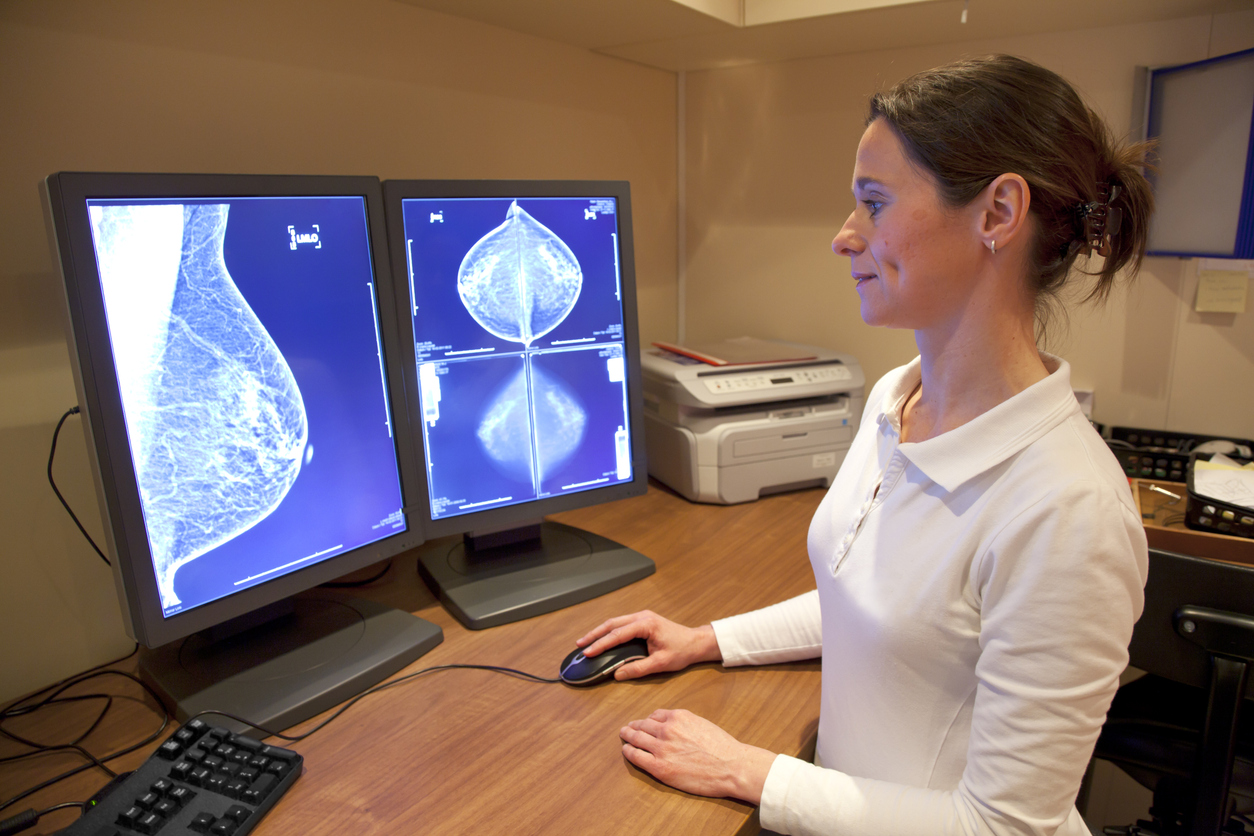We are excited to announce that we are starting to collect mammograms as part of the Nurses’ Health Study 3. Breast cancer incidence rates have been increasing in the US for the past two decades. There are only a limited number of known modifiable risk factors for breast cancer. More research is needed to understand how we can reduce risk of breast cancer. A better understanding of how environmental exposures, demographic factors, and social drivers impact breast cancer risk markers may provide new opportunities for prevention.
Mammographic density (i.e., the proportion of breast tissue on a mammogram that is radiodense and appears light) is one of the strongest risk factors for breast cancer and is considered an intermediate risk marker. Thus, studying factors that can influence mammographic density and other breast characteristics seen on mammograms is important in identifying ways to prevent breast cancer.
We are asking NHS3 participants to provide permission for us to access their digital mammograms, which will allow us to measure different breast features and look at changes over time. We believe different environmental exposure histories and lived experiences can influence risk of breast cancer. Our first studies will focus on the associations of environmental exposures (e.g., air pollution, ultraviolet radiation, and radon) and social drivers of health (e.g., personal income and education, and neighborhood socioeconomic status) with mammographic features. There is some evidence that these factors may be associated with mammographic density or breast cancer, but there is still so much to learn.
Additionally, the mammogram collection will provide a valuable resource for future studies of other breast cancer risk factors. Combined with the detailed information that NHS3 participants have provided on their follow-up questionnaires, we will be able to learn valuable information about whether these environmental and social drivers impact mammographic risk features and, ultimately, breast cancer risk. These findings will inform individual- and population-level prevention, risk assessments, and policy decisions, with the long-term goal of reducing the burden of breast cancer.

